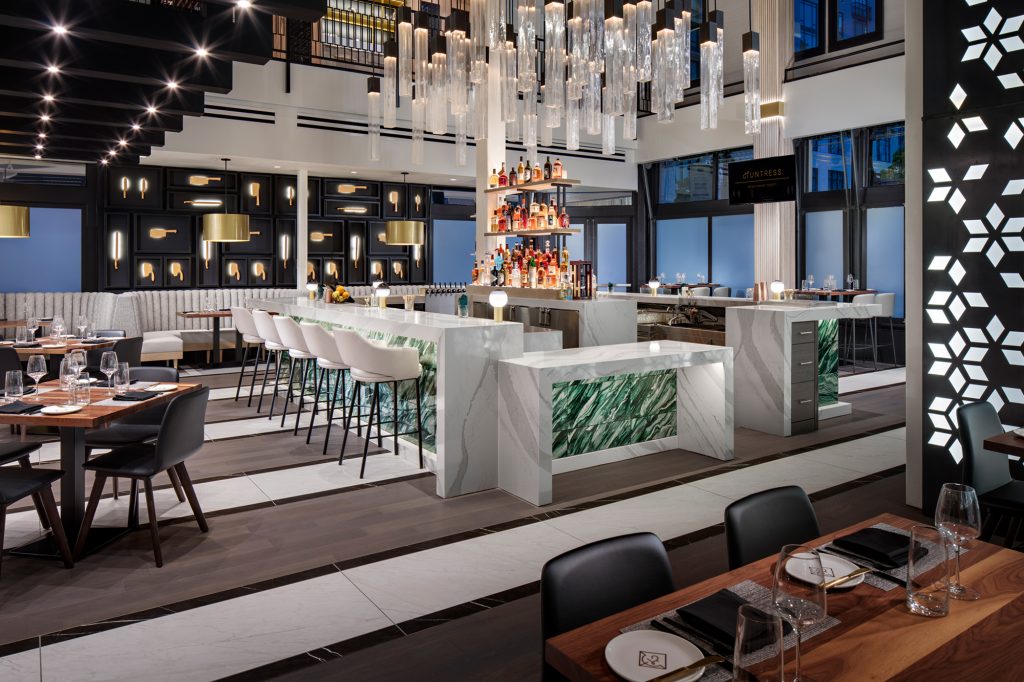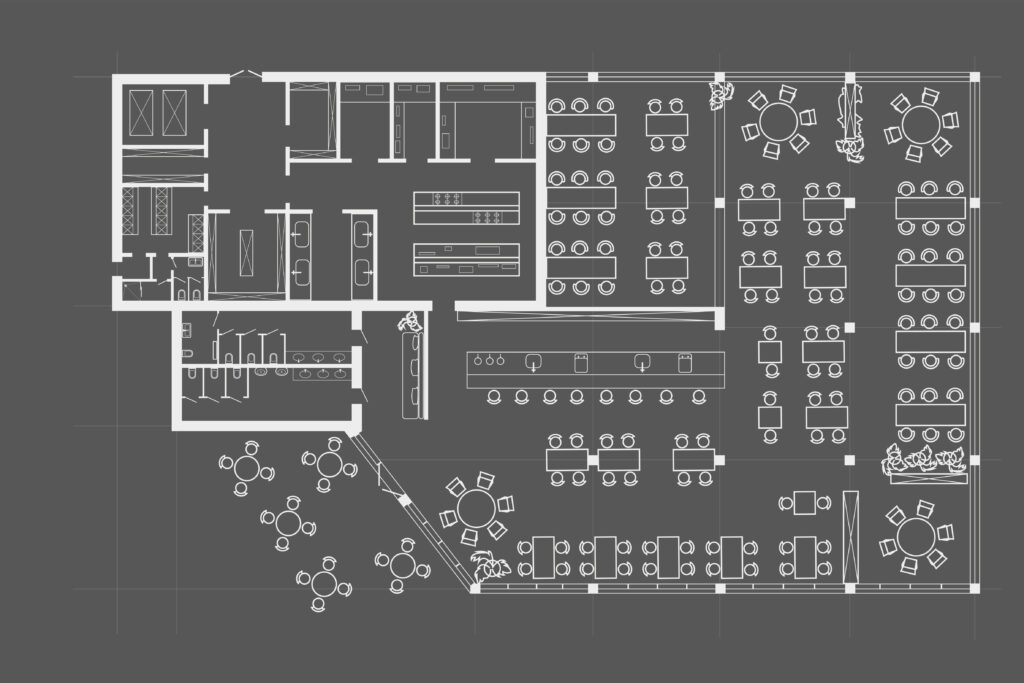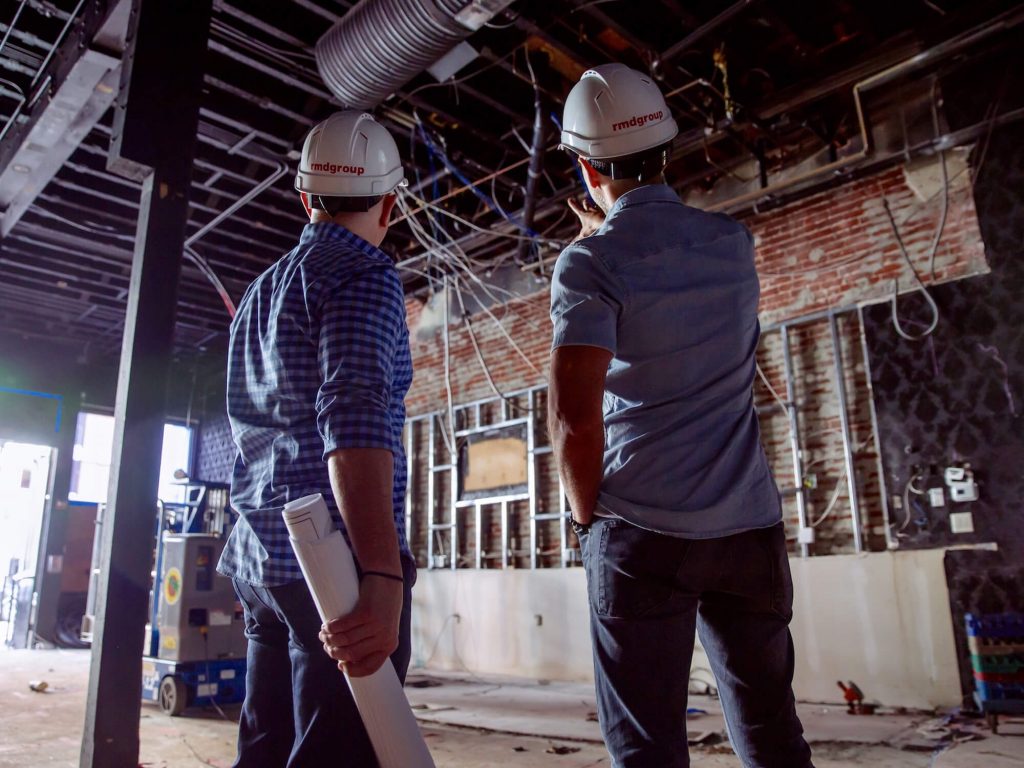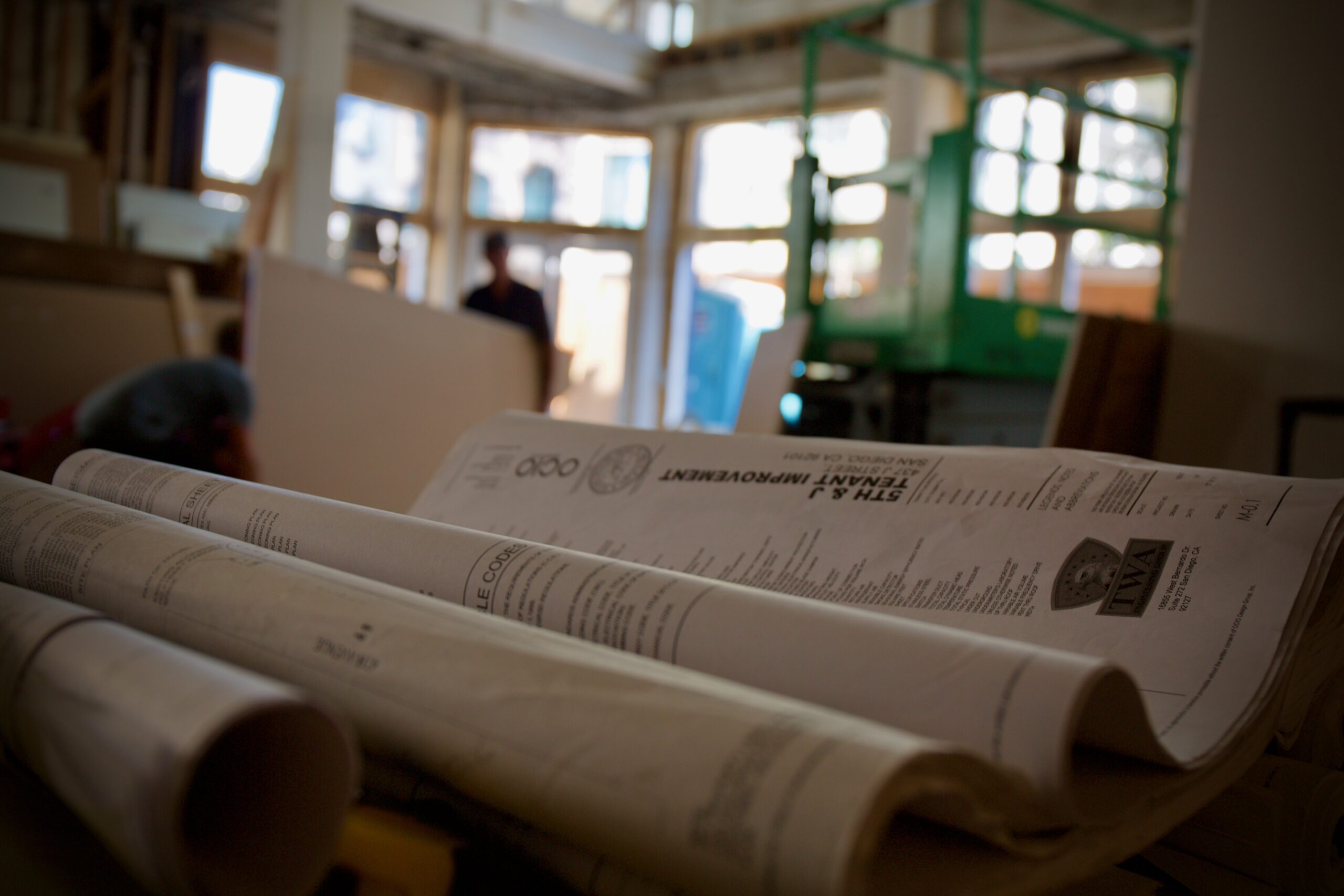Design a Restaurant Floor Plan That Maximizes Revenue & Customer Experience
In the highly competitive market of San Diego’s Gaslamp Quarter, where over 150 bars, restaurants, and nightclubs vie for customers’ attention, success hinges on a delicate balance of factors.
Creating a successful hospitality venue demands more than just great food and drinks. The layout and design of a restaurant, bar, or hotel play a pivotal role in efficiency, enhancing customer experiences, and ultimately boosting financial results.
This article explores the art of doing just that with smart space planning and design. You’ll learn how experts like RMD Group utilize space planning to create thriving hospitality venues.
The Philosophy of “Form Follows Function”
There’s a saying that’s often used in architecture and design that goes “Form follows function.” It means that the design of a space should be based on its intended purpose. In the hospitality industry, where the layout of a venue has a big impact on operations, the maxim holds especially true.
Optimizing the layout of your space with the intended purpose in mind will help make it more functional, which will ultimately impact the success of your restaurant or venue.
So, whether you’re developing a concept from scratch or revitalizing an existing brand, it starts with the layout.

Maximizing Space and Flow of Hospitality Venues
Designing a hospitality venue that maximizes space and creates a seamless flow for guests and staff is the first step. You should be making considerations for dining, dancing, private events, bottle service, and other features your venue will be offering.
For example, a bar that caters to live music may need to have a dedicated space for the band and sound system, while a bar that is more focused on dancing may need to have a larger dance floor.
Similarly, a restaurant that offers private dining may need to have separate rooms that can be closed off for private events, while a restaurant that does not offer private dining may not need to have any separate rooms.
Operational Infrastructure & Efficiency

A well-thought-out layout encompasses the placement of bars, kitchens, restrooms, bar storage, and service stations. Even the furniture inside the venue plays a critical role in space planning.
Consider nightclubs, where efficient bottle service tables can reduce server trips to the bar or kitchen. Or dining areas designed to maximize efficiency and comfort by creating clear sightlines for servers, using space-saving furniture, and avoiding clutter.
RMD Group’s innovative approach includes storage on multiple levels of tables and pull-out drawers for backup supplies, which all work to enhance the overall guest experience.
Adapting to Customer Behavior
Don’t forget about the flow of traffic. Simply put, the flow of traffic should be smooth, efficient, and intentional. This means avoiding bottlenecks and making sure that there’s enough space for people to move around comfortably without making the space feel empty.
Understanding customer behavior is key.
People tend to gravitate toward bustling areas. To create the illusion of a thriving venue, consider the concept of “Shrinking the Field.” Using room dividers like curtains or spandex can temporarily wall off underutilized spaces, making the venue appear busier.
Flexible furniture arrangements can also encourage patrons to gather in specific areas, optimizing the overall atmosphere.
The Role of Hospitality Consultants

Consultants like RMD Group play a pivotal role in hospitality space planning, ensuring the success of bar and restaurant projects.
With over a decade of experience owning and operating bars, restaurants, and nightlife venues, RMD Group has honed our expertise in the hospitality industry allowing us to provide a level of service and value that traditional project partners often cannot match.
This deep understanding allows us to work on diverse projects, including historic buildings that present unique challenges.
Our experience has led us to employing certain strategies on all of our projects that we know will set the project up for success.
One example of this is SMART planning…
SMART Planning for Success
We use a SMART Plan that identifies focus areas critical to the success of bars and restaurants to guide the space planning process.
When evaluating a space for a hospitality venue, you’ll need to answer some fundamental questions about your venue’s concept, space, and needs.
Think about the following:
- What is the concept, and who is the target market? Understanding the ideal customer is fundamental to successful planning.
- Based on the concept, what is the ideal number of seats for both the bar and restaurant?
- How many square feet are needed to execute the concept effectively?
- How easy is it for customers to move through the space comfortably?
- Does the kitchen layout align with the food and beverage offerings? The kitchen is the heart of the restaurant–it needs to be functional and efficient.
- Can equipment be easily accessed and is it easy to clean at the end of each night? Things like floors sloped towards floor drains help staff do a thorough and efficient cleaning at the end of their shifts.
- Have you considered sightlines for design elements, TVs, and millwork? Aesthetics should align with functionality.
- Where are service areas located, and can they be cross-utilized for efficiency?
- Is the service bartender set up for success? The proximity of the Point of Sale (POS) to bar wells and glassware matters!
- Do service lanes make sense and save time? You want to ensure there are efficient routes for servers to move about as well as having ample space for service. Larger operations may consider dual stations on both sides of the line, to eliminate back-ups at the drink stations or item prep areas.

The Next Steps for Designing Your Restaurant Floor Plan
Incorporating these guidelines, you have the tools to craft a restaurant floor plan that not only maximizes revenue but also elevates the customer experience.
But remember, there’s always more to learn and refine when floor planning venues. You’ll also want to consider your employee’s insights as to what functions smoothly and what might need improvement.
You’ll also need to be open to flexibility. In the hospitality industry, surprises are common. Being prepared to make adjustments on the fly is a game-changer.
Finally, if you find yourself unsure of where to begin, reach out to RMD Group to tap into our wealth of experience and hospitality expertise. Together we can transform your vision into a reality.


